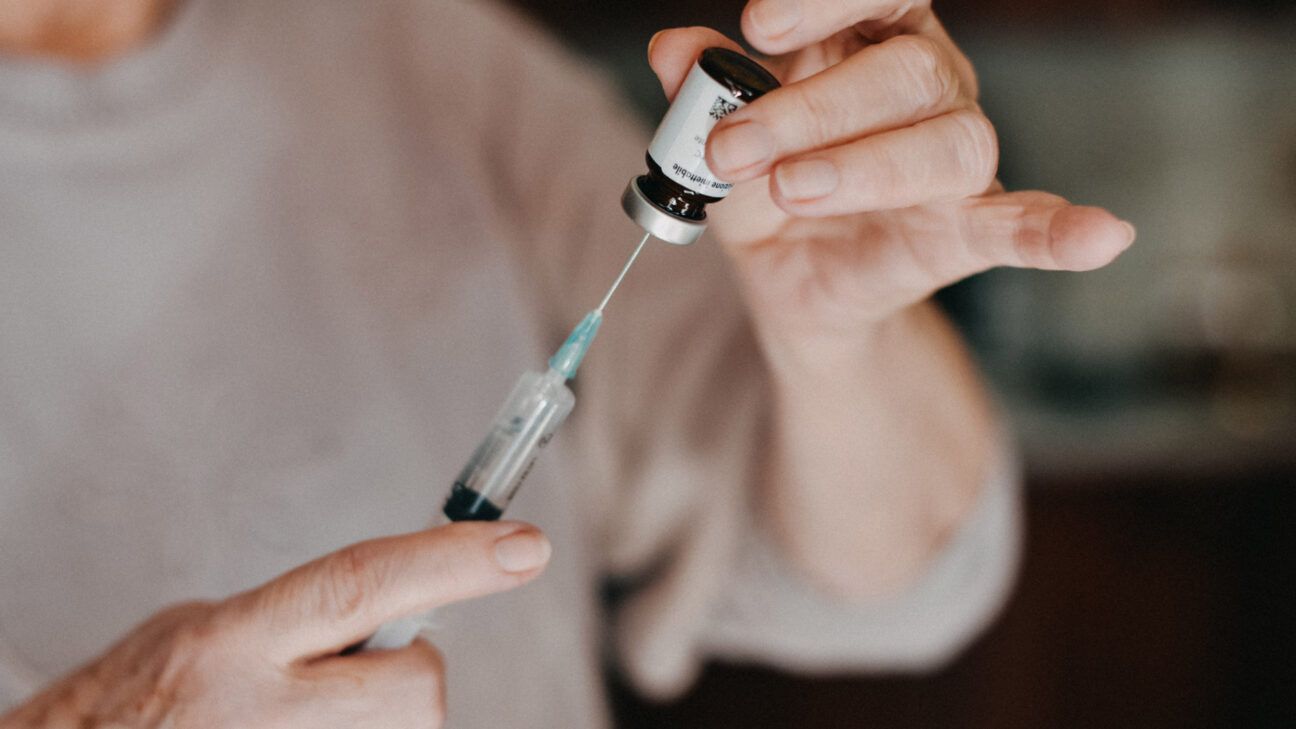There are four main types of the blood-clotting disorder hemophilia, but two are especially rare. Treatment usually involves medications that help promote healthy clot formation.

Hemophilia is a blood disorder in which the blood doesn’t clot effectively, potentially causing minor or serious bleeding complications. Most types of hemophilia are inherited, though a form called acquired hemophilia is an autoimmune disorder.
There are currently no cures for hemophilia, but there are treatments that may minimize bleeding complications. The more you know about hemophilia and the particular types of this disorder, the better you may manage symptoms.
There are several types of hemophilia, though the
Hemophilia type A, also known as “classic hemophilia,” occurs when there is a deficiency of clotting factor VIII, a protein critical to healthy clotting. The condition results from an inherited mutation of the F8 gene, which is crucial in helping the body create clotting factor VIII.
Symptoms of classic hemophilia range considerably, depending on the severity of the condition. Mild cases may lead to occasional but spontaneous nosebleeds or bleeding gum episodes.
Severe cases can lead to internal bleeding involving the organs, deep muscle tissue, or the joints.
The National Organization for Rare Disorders (NORD) reports that about 1 in 5,000 newborn males have hemophilia type A, with females affected at a far lower rate. NORD also suggests that most people with the condition have the severe form.
Diagnosing hemophilia type A involves a review of symptoms and medical history, as well as lab tests such as a complete blood count and a check for levels of clotting factor VIII. A person will also undergo a coagulation test to assess how well and how quickly blood clots.
Hemophilia type A treatment involves the replacement of clotting factor VIII with a recombinant (synthetic) version of the protein.
People with mild or moderate forms of the disorder may receive treatment as needed in response to bleeding episodes. Infusions of the medication may be administered at home.
People with severe cases may need to receive the recombinant clotting factor VIII periodically to prevent bleeding complications.
Hemophilia type B is much less common than type A, affecting about 1 in 25,000 newborn males and far fewer female newborns, according to NORD.
Hemophilia type B is also called Christmas disease in recognition of Stephen Christmas, who had hemophilia type B and was discussed in the first medical literature reporting on the condition in 1952.
Hemophilia type B is also the blood clotting disorder common in the Queen Victoria family and other royal families across Europe.
Hemophilia type B occurs when clotting factor IX is deficient, which is integral to healthy clotting. It’s due to an inherited mutation of the F9 gene.
If you have hemophilia type B, you don’t bleed faster than someone without hemophilia but will bleed longer. For this reason, a particular coagulation test is administered to diagnose the condition.
Other diagnostic tools include:
- A complete blood count test.
- A check for clotting factor IX.
- A review of symptoms and medical history.
Recombinant clotting factor IX is the standard treatment for hemophilia type B, though special plasma transfusions using donated blood are also sometimes used.
Hemophilia type C is rare, affecting about 1 in 100,000 people in the general population, according to the National Bleeding Disorders Foundation. It occurs when there is a deficiency of clotting factor XI, the result of an inherited F11 gene mutation.
Hemophilia type C differs from types A and B in that there are fewer spontaneous bleeding episodes and severe cases rarely cause bleeding into the muscles and joints.
However, people with hemophilia C can have longer and harder-to-control bleeding complications related to surgery, other medical procedures, or injuries.
A diagnosis may follow a review of your symptoms and medical history, a test for clotting factor XI, and a complete blood count.
Diagnosing hemophilia type C can sometimes be more challenging than identifying other types of hemophilia because a person can have low levels of clotting factor XI but no symptoms, and vice versa.
Treatment isn’t always necessary except for surgery or specific other medical procedures. In those cases, donated plasma should be on hand to limit bleeding. Medications that reduce the breakdown of other clotting factors may also be helpful.
Acquired hemophilia differs from other forms of the disorder in that it results from an autoimmune disorder rather than an inherited genetic condition. It’s also much less common, affecting about 1 in 1 million people in the general population.
Like other autoimmune disorders, acquired hemophilia occurs when the body’s immune system attacks healthy tissue.
A 2019 study in the journal
Diagnosing acquired hemophilia can require extensive blood testing for clotting factor levels and the presence of antibodies inhibiting the healthy response of existing clotting factors.
Acquired hemophilia symptoms are like those of other hemophilia types, including bruising and bleeding under the skin and within muscles and organs.
However, about 1 out of 3 people with the condition require no treatment. When treatment is needed, anti-hemorrhagic medications may be used on an emergency basis to control bleeding. Because the condition is so rare, medical literature has little treatment guidance.
With proper treatment, a person with hemophilia can experience a similar life expectancy to someone without the disorder.
Without ongoing treatment, people with hemophilia — especially a severe form of the condition — have a shorter life expectancy and face more significant risks of potentially severe bleeding episodes.
Talk with a doctor if you experience spontaneous bleeding events or develop unexplained bruises or swelling. Some simple blood tests may lead to a diagnosis and treatment that can help you manage this disorder.
Hemophilia is a blood clotting disorder that causes excessive bleeding. There are four main types of hemophilia: type A, type B, type C, and acquired hemophilia. Type C and acquired are rare, while types A and B are far more common.
Treatment can be effective, but there are still serious risks for people with any type of hemophilia.
